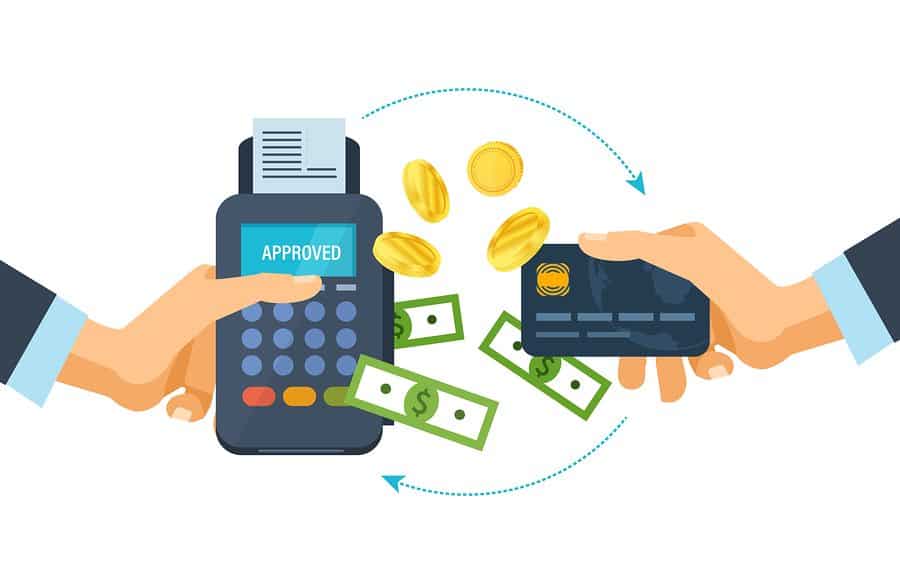A payment processing system is a technology that enables consumers and businesses to electronically exchange funds through financial institutions. These systems can be used for point-of-sale transactions, online shopping, mobile commerce, and peer-to-peer payments.
There are four main components of a payment processing system:
- The acquiring bank or processor: This is the financial institution that handles transactions for the merchant.
- The card association: This is the organization that sets the rules and regulations for card-based transactions, such as Visa, Mastercard, or Discover.
- The payment gateway: This is the software that processes and routes transactions between the merchant and the acquiring bank.
- The point-of-sale (POS) system: This is the hardware and software used by merchants to accept and process card-based transactions.
Payment processing systems use a variety of technologies to facilitate transactions, including magnetic stripe cards, EMV chips, contactless payments, and mobile wallets. These systems can be used for in-person, online, and mobile transactions.
Magnetic stripe cards: Also known as credit cards, these are the most common type of payment method. They contain a strip of magnetic material that stores cardholder data. This data is read by the POS system and transmitted to the acquiring bank for processing.
EMV chips: These are embedded in credit and debit cards. They store and process cardholder data in a more secure way than magnetic stripe cards.
Contactless payments: This is a newer type of technology that allows consumers to make payments by waving their card or mobile device near a POS terminal.
Mobile wallets: This is a type of digital wallet that allows consumers to store and use their card information on their mobile device. Mobile wallets can be used for in-person, online, and peer-to-peer payments.
Each payment processing system has its own set of features and benefits. merchants should evaluate their needs and choose the system that best meets their requirements.
What are the benefits of using a payment processing system?
There are many benefits of using a payment processing system, including:
- Increased sales: A payment processing system enables merchants to accept a wider range of payment types, which can lead to increased sales.
- Reduced costs: A payment processing system can help merchants save on transaction fees and other costs associated with traditional methods of accepting payments, such as cash and check processing.
3.Improved efficiency: A payment processing system can help streamline transactions and reduce errors.
- Greater security: A payment processing system can help reduce the risk of fraud and data breaches.
- Enhanced customer experience: A payment processing system can provide a more convenient and efficient way for customers to make payments. This can lead to increased customer satisfaction and loyalty.
What are the different types of payment processing systems?
There are many different types of payment processing systems, including:
- Credit card processors: These systems enable merchants to accept credit and debit card payments.
- ACH processors: These systems enable merchants to accept electronic checks.
- Mobile wallets: These systems allow consumers to store and use their card information on their mobile device.
- Point-of-sale systems: These systems are used by merchants to accept and process card-based transactions.
- Payment gateways: These systems facilitate transactions between the merchant and the acquiring bank.

